Can surrealism be erotic? Yes if women can reclaim their power, says a London exhibition
‘Unveiled Desires: Fetish & The Erotic in Surrealism, 1924–Today’ at London’s Richard Saltoun gallery examines the role of desire in the avant-garde movement

‘What fascinates me about surrealism in the context of the erotic is how it transforms desire into a language of liberation,’ says Maudji Mendel of RAW (Rediscovering Art by Women) on the eve of her exhibition opening.
It is a topic she has been considering, in the context of overlooked women artists of the 20th century, for the exhibition ‘Unveiled Desires: Fetish & The Erotic in Surrealism, 1924–Today’, opening at Richard Saltoun gallery during London’s Frieze Week. Organised into two parts, the first running until November 2025 and the second until February 2026, it explores desire and fetish as a neglected part of the surrealist movement.
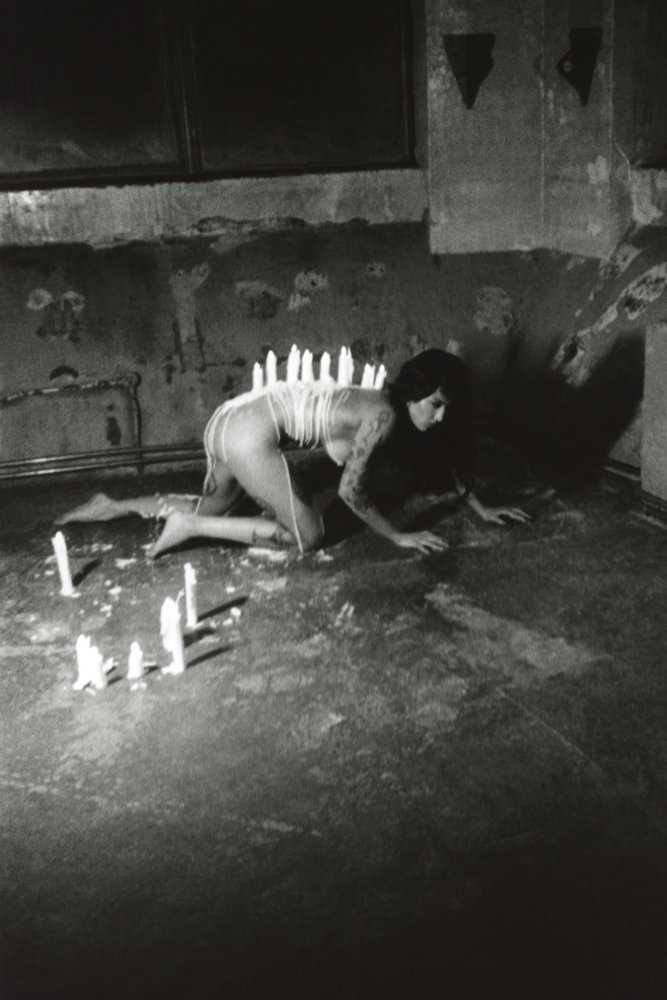
Anna Sampson, The Sadeian Woman II, 2025
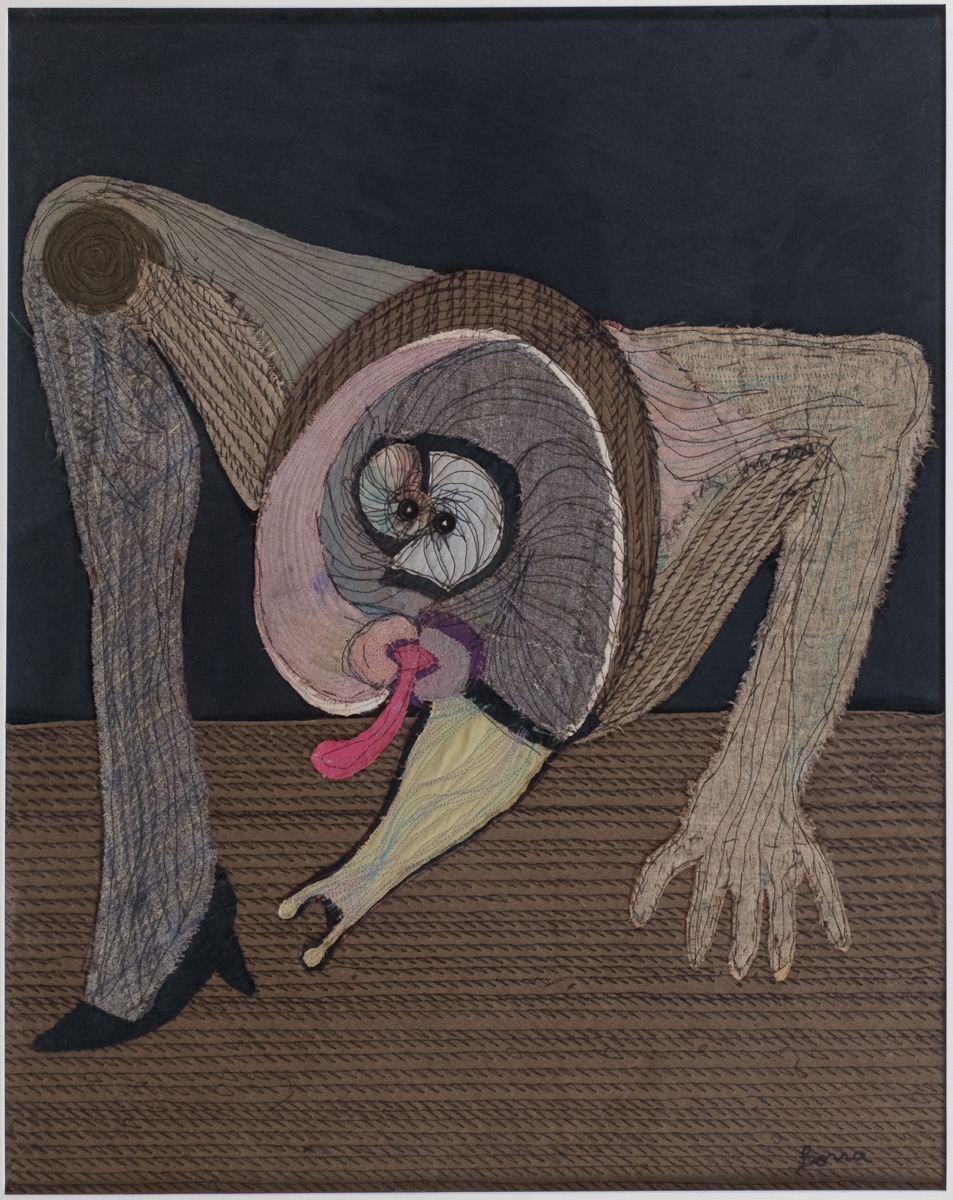
A celebration of the power of the unconscious, surrealism has always had its roots in the instinctive. ‘Yet for much of its early history, the female body existed as fetish or fantasy, as a vessel for male projection rather than self-definition,’ Mendel argues. ‘I’m drawn to how female and queer artists have since turned that gaze back on itself, reclaiming the erotic as a site of agency and defiance. In ‘Unveiled Desires’, the erotic is no longer submissive or ornamental; it’s transgressive. Desire becomes a tool of disruption – an act of rebellion against moral and aesthetic control, and a way of reimagining the body as something both intimate and political.’
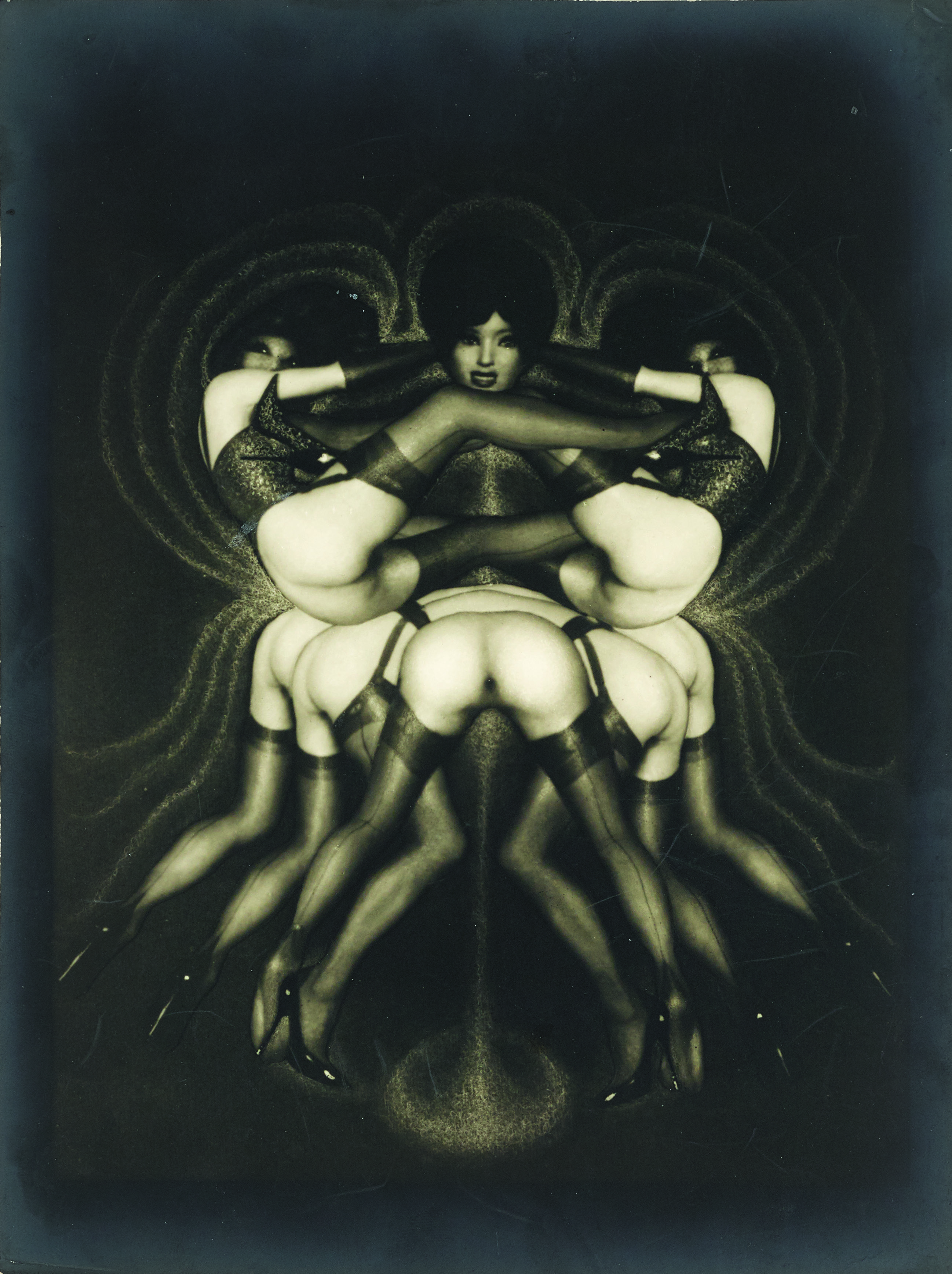
Pierre Molinier, Sur le pavois, planche 26 du Chaman [On the Shield, plate 26 of The Shaman], 1968-1970
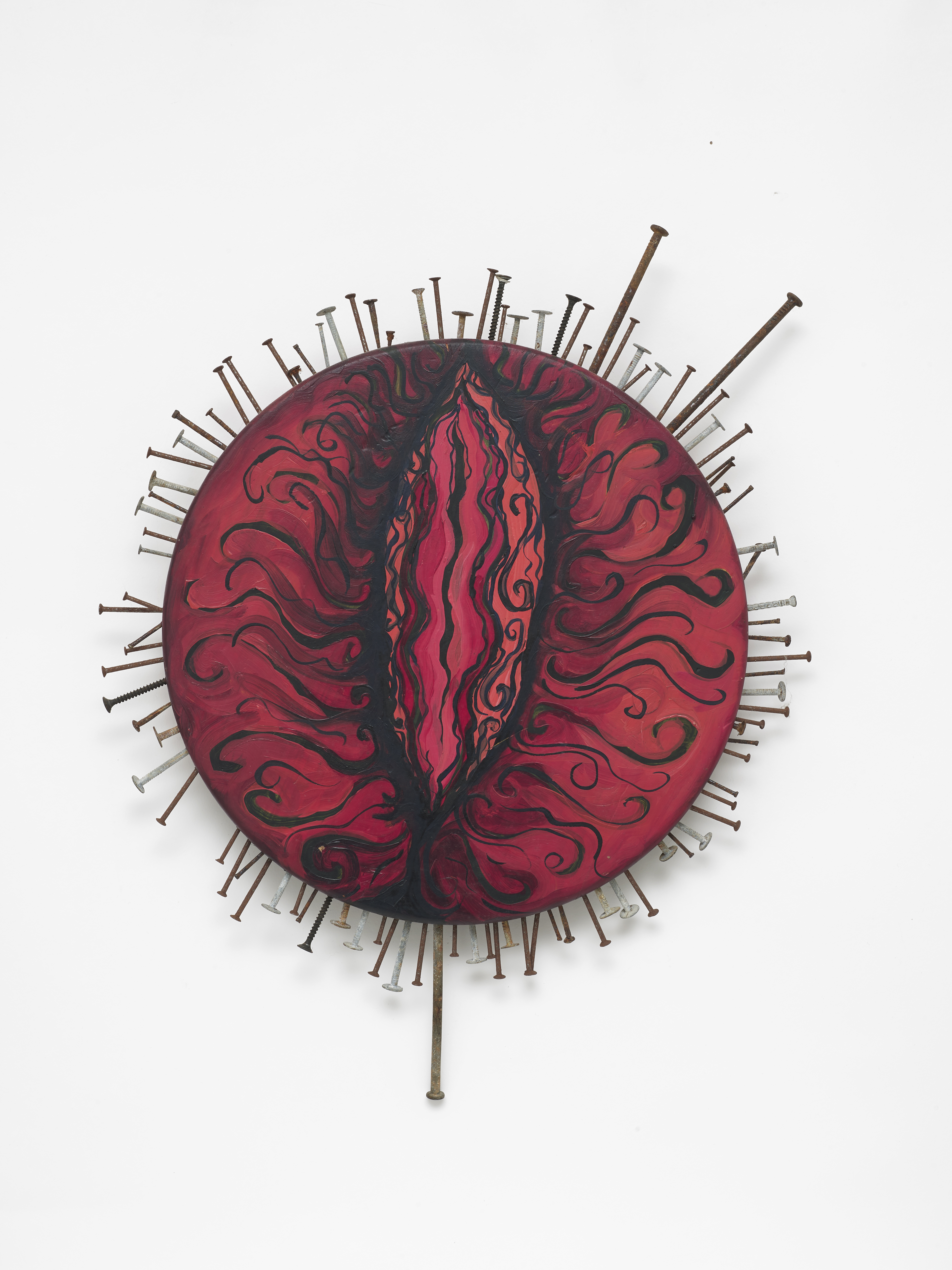
Jennifer Binnie, Fetish Object III, 2016
Artists gathered here, from Helen Chadwick to Jesse Darling, Sin Wai Kin and Meret Oppenheim, explore the freedom of the body through mixed mediums, from sculpture to painting and photography. Here, desire is disturbing, humorous, seductive or repellent, and consistently honest.
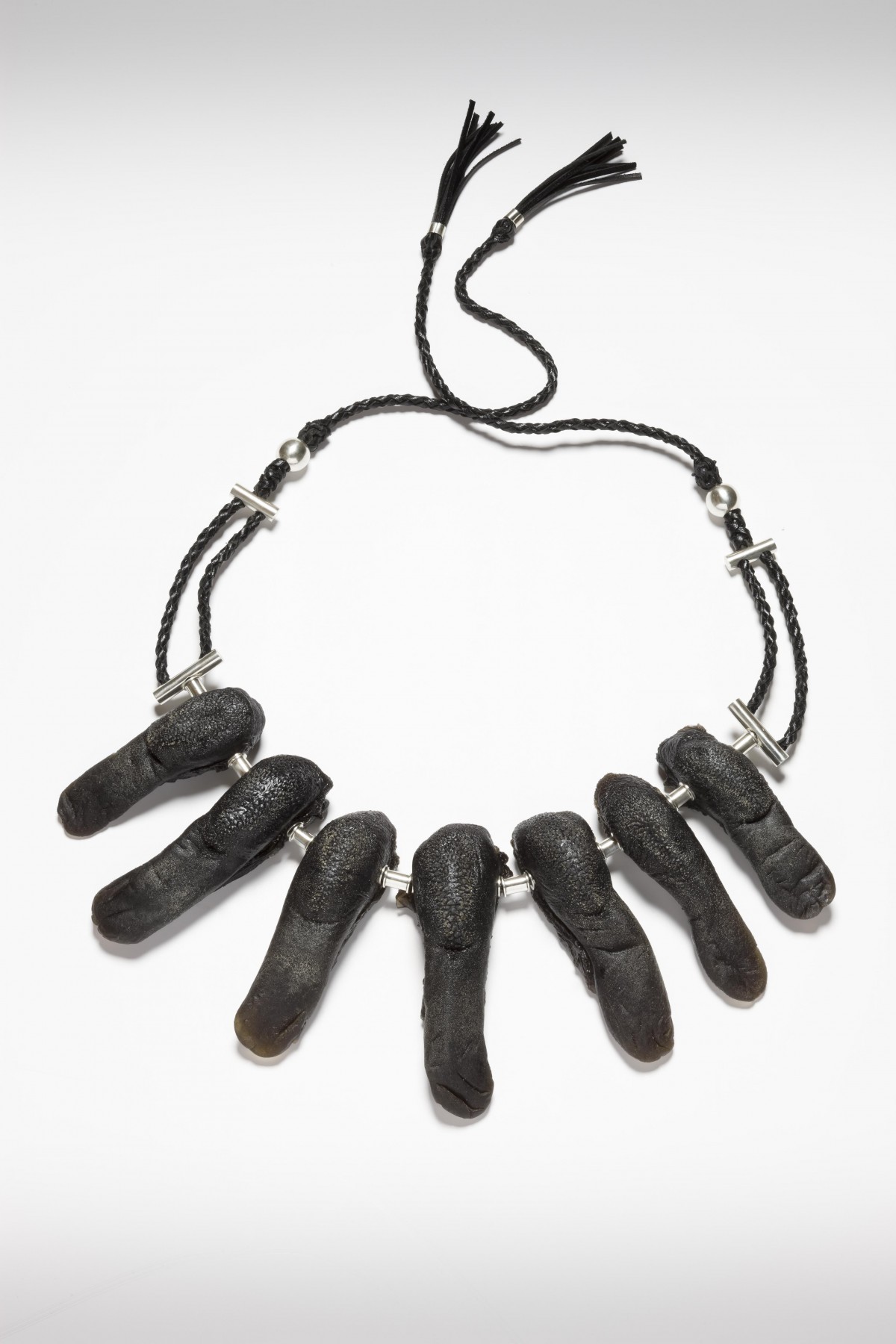
‘There is immense power in reclaiming the erotic as something self-authored,’ Mendel adds. ‘The artists in “Unveiled Desires” reveal how the body can exist as both a site of trauma and transcendence; how desire can expose social taboos while simultaneously generating new languages of selfhood.’ In shifting the gaze from passive to active, we can reclaim freedom over the body. ‘In dialogue with one another, the artists expose the erotic as a living tension between vulnerability and power – a space where to be seen is to resist.’
‘Unveiled Desires: Fetish & The Erotic in Surrealism, 1924–Today’. Part 1: until 29 November 2025. Part 2: 9 December 2025 – 14 February 2026
Receive our daily digest of inspiration, escapism and design stories from around the world direct to your inbox.
Hannah Silver is the Art, Culture, Watches & Jewellery Editor of Wallpaper*. Since joining in 2019, she has overseen offbeat art trends and conducted in-depth profiles, as well as writing and commissioning extensively across the worlds of culture and luxury. She enjoys travelling, visiting artists' studios and viewing exhibitions around the world, and has interviewed artists and designers including Maggi Hambling, William Kentridge, Jonathan Anderson, Chantal Joffe, Lubaina Himid, Tilda Swinton and Mickalene Thomas.
-
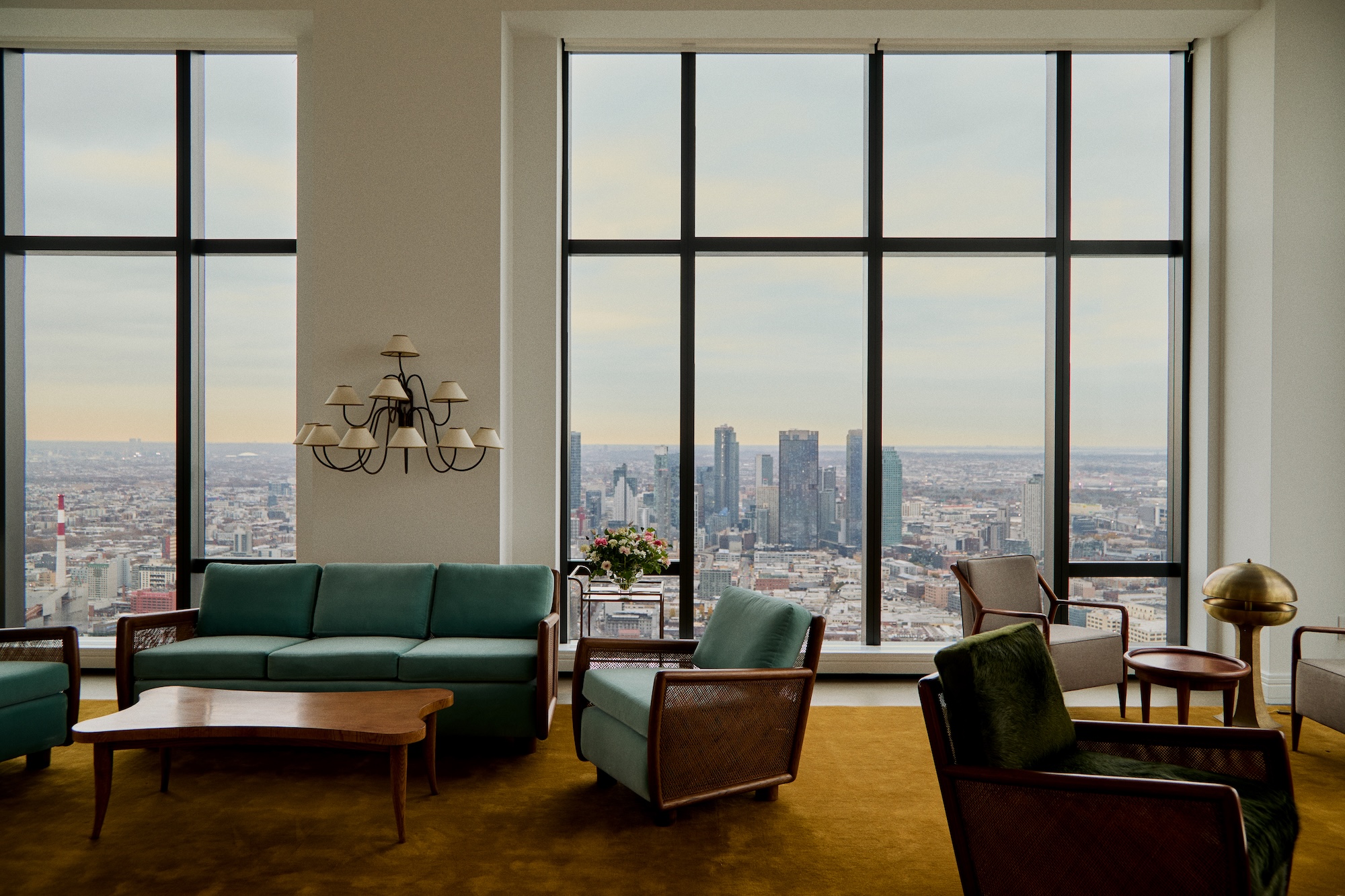 A breathtaking exhibition celebrating modernism’s transatlantic ties soars above Manhattan
A breathtaking exhibition celebrating modernism’s transatlantic ties soars above ManhattanCurated by interior designer Andre Mellone, 'Crossed Trajectories' at Galerie Gabriel's penthouse explores connections between nomadic post-war creatives Jean Royère, Roberto Platé and more
-
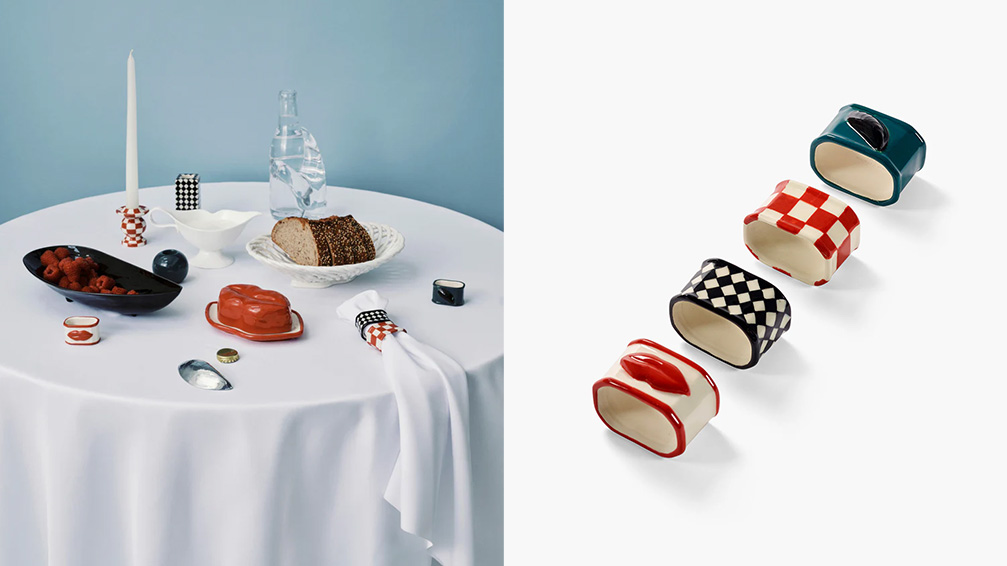 Sculptural, design-led napkin rings for festive tables
Sculptural, design-led napkin rings for festive tablesThe simple napkin ring harbours the potential to bring a stylish punch of personality to any table setting
-
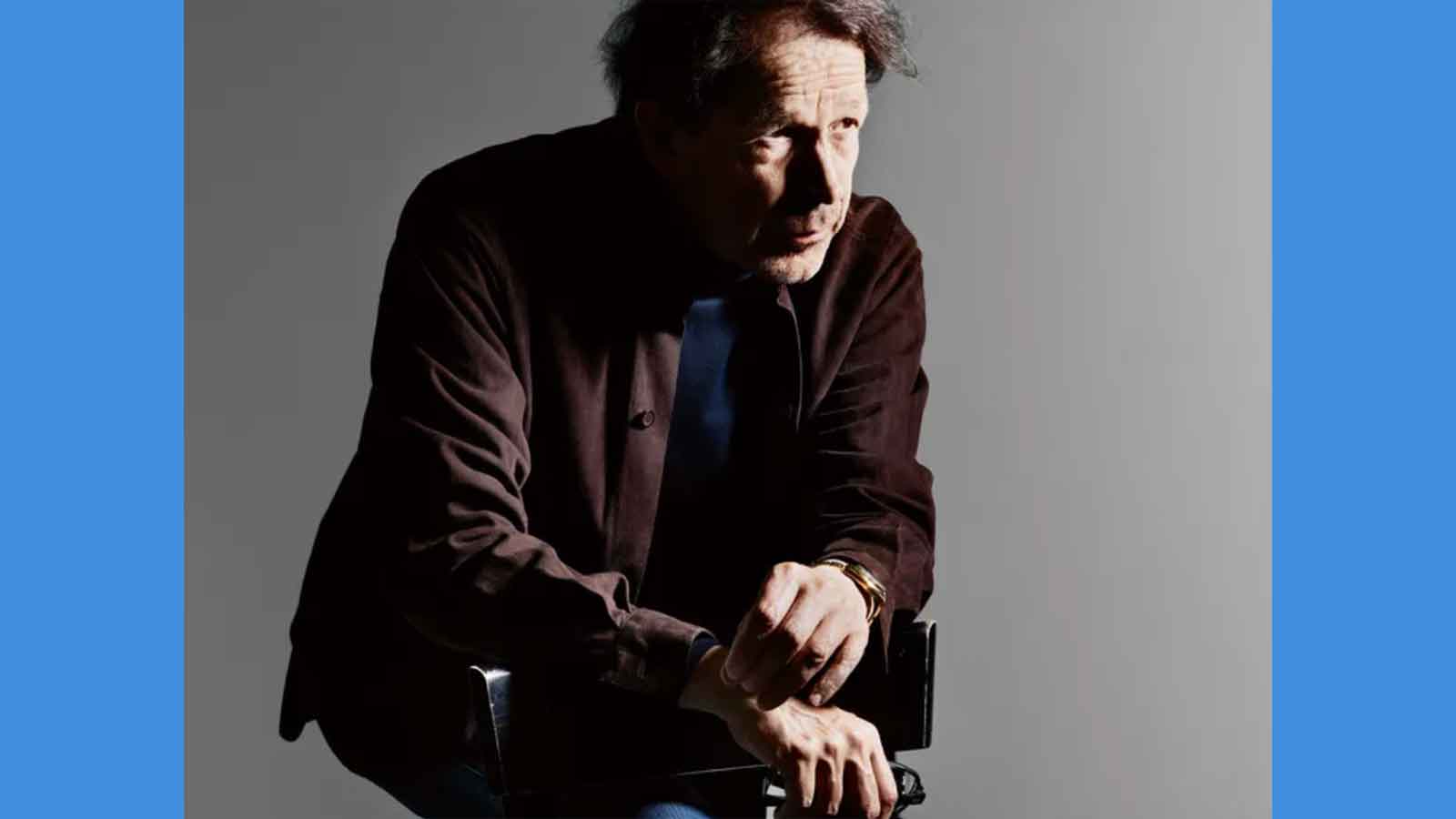 How Peter Saville came to art direct the best of contemporary culture
How Peter Saville came to art direct the best of contemporary cultureFrom Peter Saville's first steps with Factory Records and legendary album designs to his later work in art and fashion: we chart the history of the British art director
-
 Out of office: The Wallpaper* editors’ picks of the week
Out of office: The Wallpaper* editors’ picks of the weekIt’s been a week of escapism: daydreams of Ghana sparked by lively local projects, glimpses of Tokyo on nostalgic film rolls, and a charming foray into the heart of Christmas as the festive season kicks off in earnest
-
 Wes Anderson at the Design Museum celebrates an obsessive attention to detail
Wes Anderson at the Design Museum celebrates an obsessive attention to detail‘Wes Anderson: The Archives’ pays tribute to the American film director’s career – expect props and puppets aplenty in this comprehensive London retrospective
-
 Meet Eva Helene Pade, the emerging artist redefining figurative painting
Meet Eva Helene Pade, the emerging artist redefining figurative paintingPade’s dreamlike figures in a crowd are currently on show at Thaddaeus Ropac London; she tells us about her need ‘to capture movements especially’
-
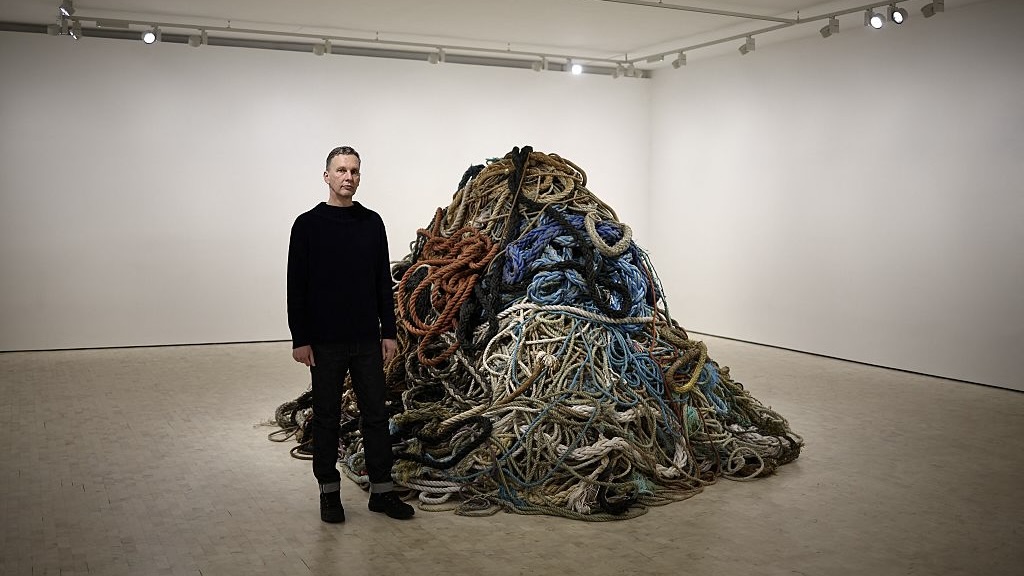 David Shrigley is quite literally asking for money for old rope (£1 million, to be precise)
David Shrigley is quite literally asking for money for old rope (£1 million, to be precise)The Turner Prize-nominated artist has filled a London gallery with ten tonnes of discarded rope, priced at £1 million, slyly questioning the arbitrariness of artistic value
-
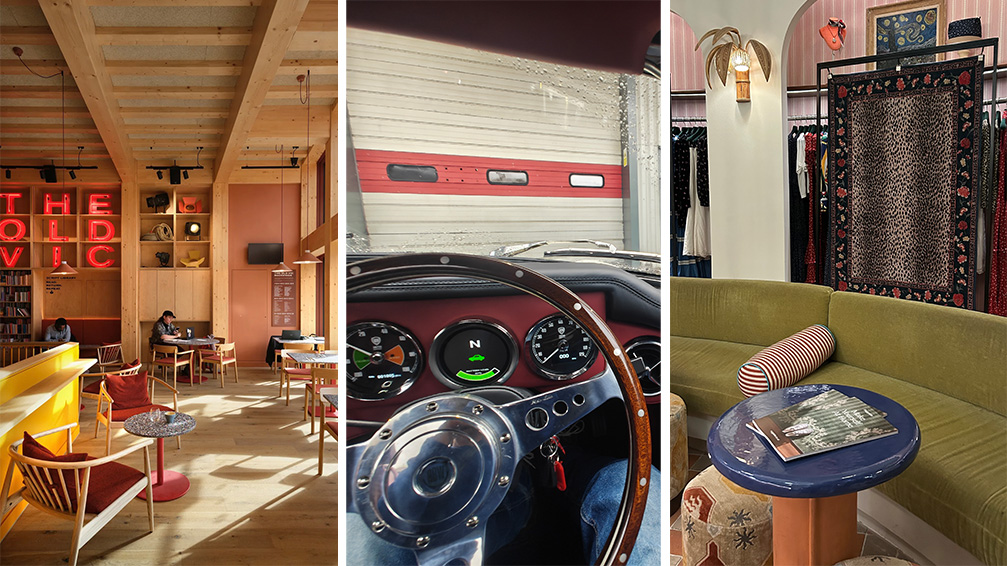 Out of office: The Wallpaper* editors’ picks of the week
Out of office: The Wallpaper* editors’ picks of the weekThe rain is falling, the nights are closing in, and it’s still a bit too early to get excited for Christmas, but this week, the Wallpaper* team brought warmth to the gloom with cosy interiors, good books, and a Hebridean dram
-
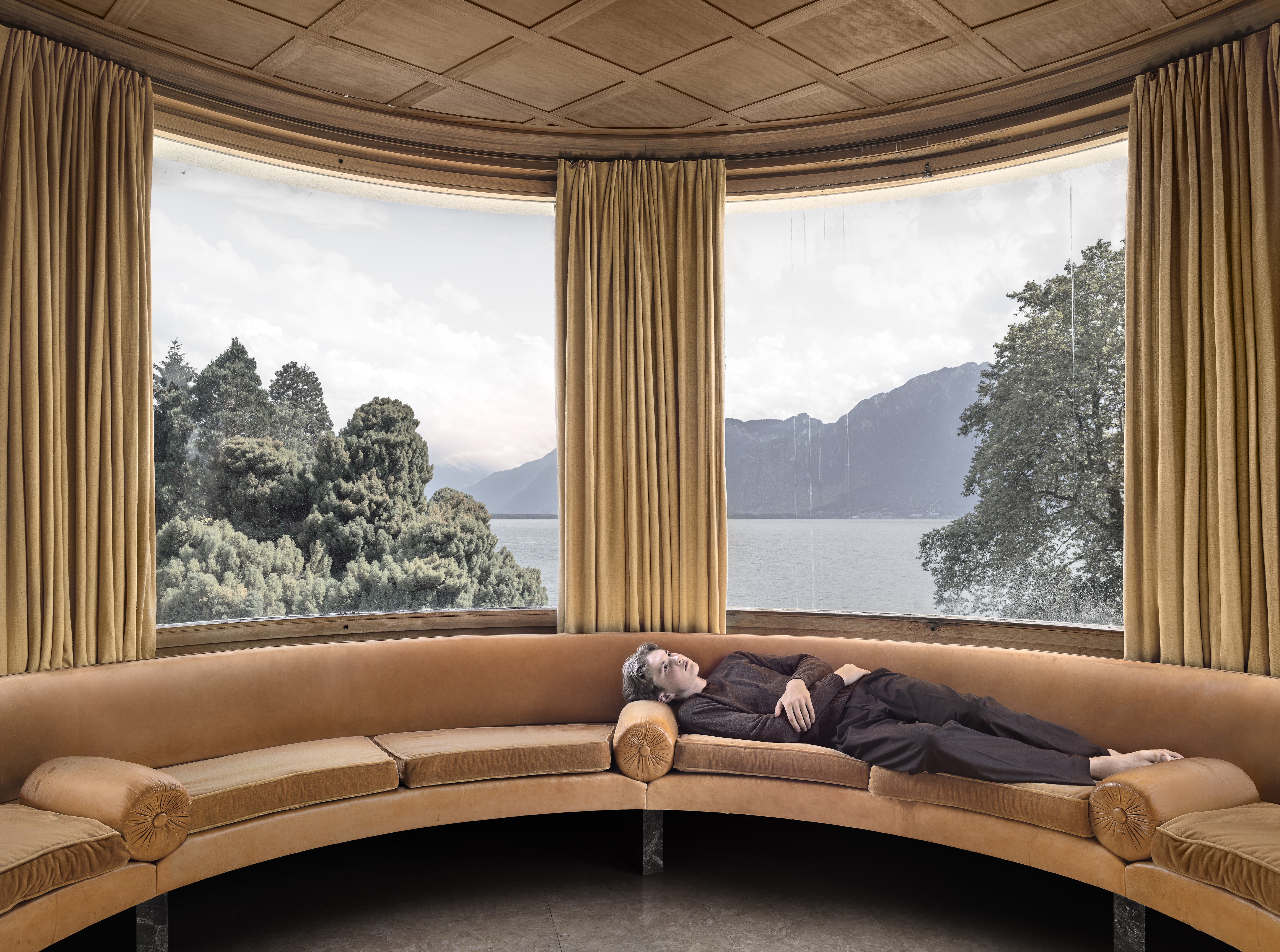 A former leprosarium with a traumatic past makes a haunting backdrop for Jaime Welsh's photographs
A former leprosarium with a traumatic past makes a haunting backdrop for Jaime Welsh's photographsIn 'Convalescent,' an exhibition at Ginny on Frederick in London, Jaime Welsh is drawn to the shores of Lake Geneva and the troubled history of Villa Karma
-
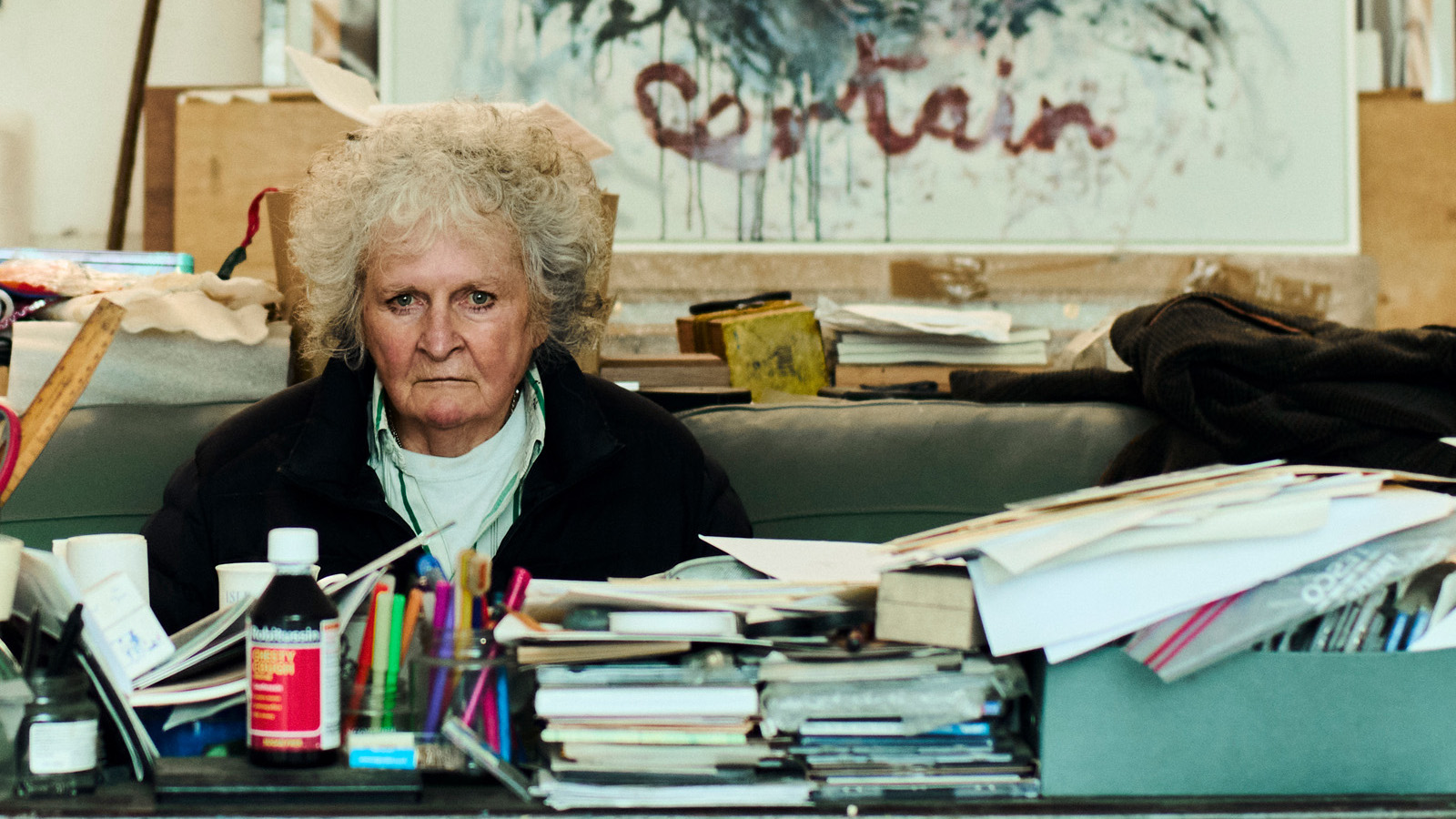 Maggi Hambling at 80: what next?
Maggi Hambling at 80: what next?To mark a significant year, artist Maggi Hambling is unveiling both a joint London exhibition with friend Sarah Lucas and a new Rizzoli monograph. We visit her in the studio
-
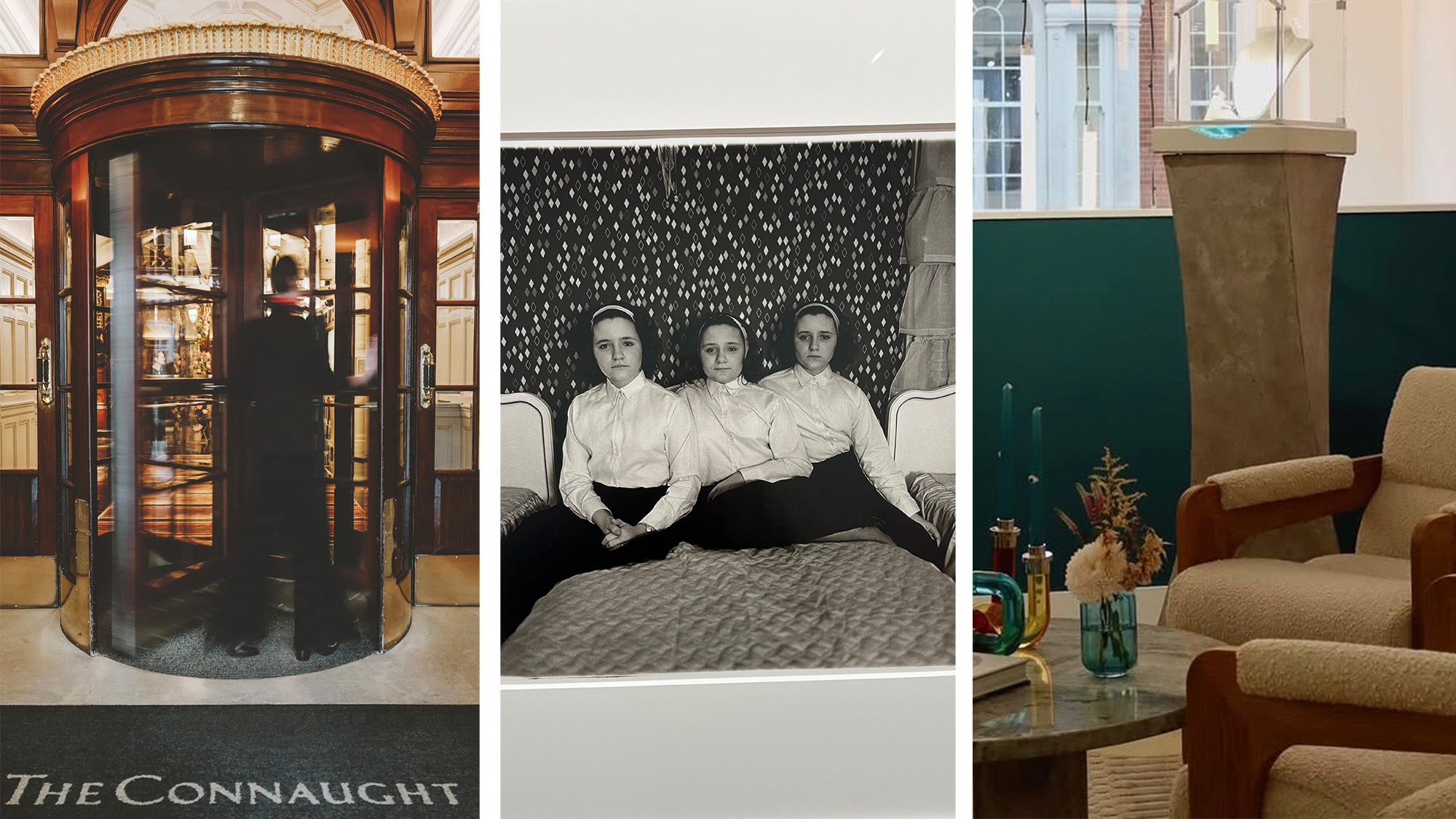 Out of office: The Wallpaper* editors’ picks of the week
Out of office: The Wallpaper* editors’ picks of the weekThis week, the Wallpaper* editors curated a diverse mix of experiences, from meeting diamond entrepreneurs and exploring perfume exhibitions to indulging in the the spectacle of a Middle Eastern Christmas